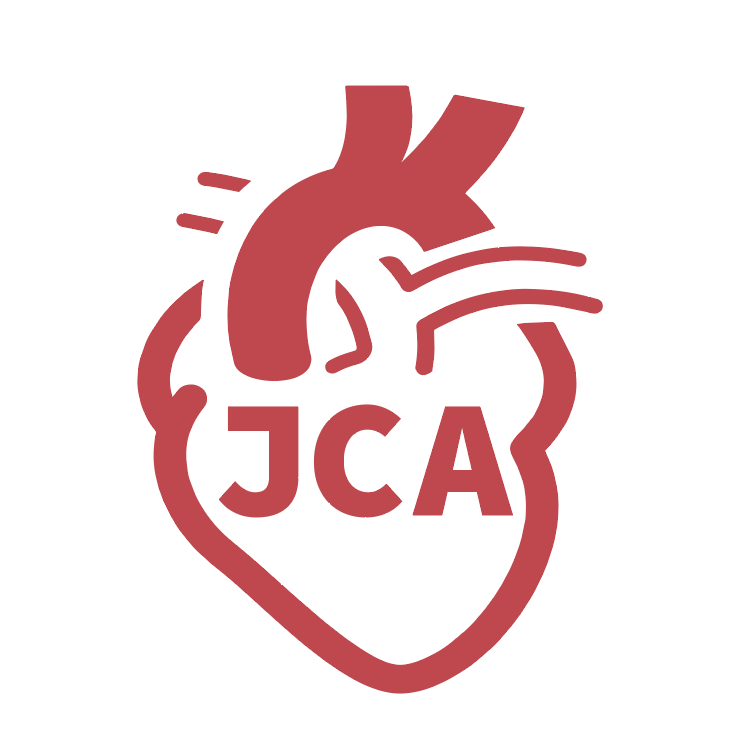fig6

Figure 6. Fibrosis in aging and AF. Fibrosis is an age-associated change in the heart. Atrial fibrosis is characterized by increased proliferation and activation of fibroblasts into intermediate proto-myofibroblasts and subsequently mature myofibroblast phenotypes. This process is regulated by molecular fibrotic factors such as TGFβ-1, PDGF, and EGF, epigenetic mechanisms, and non-coding RNAs. Histone acetyltransferase (HAT) p300 is upregulated with aging in AF, while methyltransferase (MTase) Ezh2 is downregulated in aged AF mice. Among non-coding RNAs, microRNAs including miR-21, miR-22, and miR-1 are increased in aging, correlating with the degree of myocardial fibrosis and AF progression. Alterations in long non-coding RNAs such as CHRF and Sarrah have been observed in aging, albeit their direct association with AF occurrence requires further study (indicated by a question mark). Paracrine signaling, such as calcitonin from cardiomyocytes, exerts an inhibitory effect on fibroblast activation. However, calcitonin produced by atrial cardiomyocytes (ACMs) decreases with aging. Myofibroblast contributes to excessive collagen production in the atrial myocardium, leading to electrical/structural changes such as increased atrial stiffness, slow conductivity, formation of reentry circuits, and increased risk of ectopic activity, promoting and sustaining AF. ECM: Extracellular matrix; TGFβ-1: transforming growth factor beta 1; PDGF: platelet-derived growth factor; EGF: epidermal growth factor. The figure was generated with BioRender.com.








